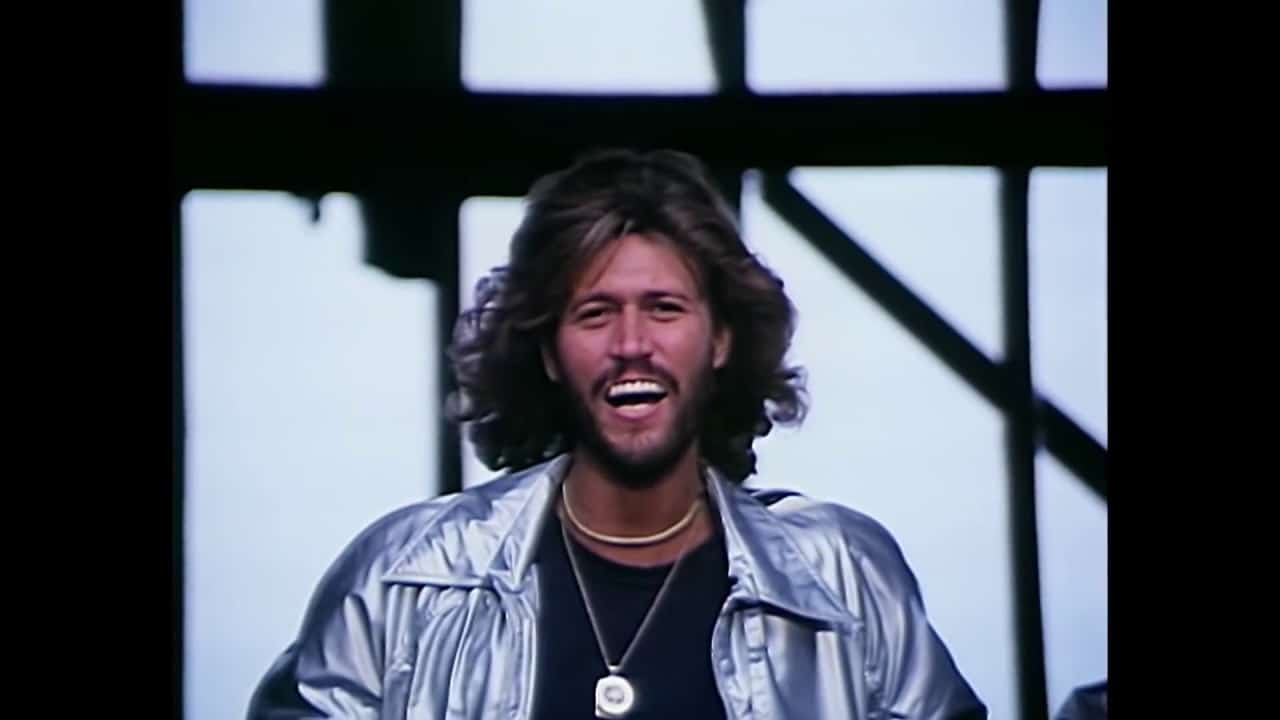If you’re considering picking up a new musical instrument, you might be wondering about the differences between the ukulele and the guitar. Both are popular instruments, but they have some key differences that might make one a better choice for you over the other.
Understanding the Basics
The ukulele and guitar may look similar, but they are quite different in terms of tuning, chords, and playability. One of the main differences is how their chords are formed and used. Whether you’re transitioning from guitar to ukulele or you’re just curious about the differences, this guide will walk you through everything you need to know about the difference between ukulele and guitar chords.
Alright, let’s dive into the differences between the uke and the guitar. First up, size and shape. Ukuleles are typically smaller and have a more rounded shape, while guitars are bigger and have a more elongated shape. The difference in size means that the ukulele has a higher, lighter sound compared to the deeper, heavier sound of the guitar.
Next up, playing style. Ukuleles are usually strummed quickly with a pick, while guitars can be strummed or plucked with the fingers. Ukuleles are often used for light, cheerful music, while guitars can be used for a wider variety of music styles, from rock to classical.
Tuning Differences Between Guitar and Ukulele
One of the most important distinctions between the two instruments is the tuning.
- A standard guitar has six strings tuned to E-A-D-G-B-e.
- A standard ukulele, on the other hand, has four strings tuned to G-C-E-A (in the case of a soprano or concert ukulele).
This difference in tuning is the foundation for the differences in how chords are formed and played on both instruments.
Are the Chords the Same for Guitar and Ukulele?
So, now that we’ve talked about the differences between the two instruments, let’s answer a common question: are the chords the same for guitar and ukulele? Well, the short answer is no. Guitar and ukulele chords have different names and shapes, so you’ll need to learn new chords if you switch from one instrument to the other.
Key Takeaway: Since ukulele chords are built on a different set of notes, they are not directly translatable to guitar chords.
For example, have a look at the C major for both guitar and Ukulele:
| C major in Guitar | x.3.2.0.1.0 |
| C major in Ukulele | 0.0.0.3 |
Guitar chords tend to require more complex finger positioning due to the additional strings and frets, while ukulele chords are simpler and require fewer finger placements.
- Guitar chords: Can involve pressing up to 6 strings, which creates a fuller and richer sound, but can also be challenging for beginners.
- Ukulele chords: Are much simpler and easier to learn, as you’re only dealing with 4 strings. Many chords require just one or two fingers to play.
Wildly different, no?
How Chords Are Played on the Ukulele vs Guitar
Chords on a ukulele are usually easier to play because the instrument’s smaller size and fewer strings allow for simpler shapes. Here’s a direct comparison of how the same chords look on both instruments:
- C Major: On the guitar, a C major chord requires three fingers and is played on five strings. On the ukulele, C major can be played with just one finger on a single string.
- G Major: On the guitar, this requires three fingers across multiple frets and strings, but on the ukulele, it’s played using a simple triangle shape that’s easy to remember.
Pro Tip: Transitioning from guitar to ukulele? Try learning some familiar songs on the ukulele using simplified chord versions. You’ll find it’s much easier to switch between chords!
Now, there is a trick to convert guitar chords to ukulele chords by simply transposing the chord shape up or down a few frets. This is a well-known secret of musicians playing both instruments: Ukulele chords are the same as the chords on the first four strings of a guitar. So, if you know the distance to transpose, given the tuning of the guitar, you can easily find the corresponding Ukulele chord.
Have a look:
| G major on Guitar | 3.2.0.0.0.3 |
| Take the 4 first strings only: | 0.0.0.4 |
| This is C major in Ukulele | 0.0.0.4 |
| Transposed distance | From G to C. 2 1/2 tones |
Can a Guitarist Play Ukulele?
So, can a guitarist just pick up a ukulele and start strumming away? Well, kind of. As we mentioned earlier, the chords for guitar and ukulele are different, but if you know these tricks, so you’ll be able to learn the Ukulele positions in a breeze.
Also, if you already know how to play the guitar, you’ll have an easier time learning the ukulele than someone who’s never played an instrument before. That’s because you already have a solid foundation in basic concepts like chord progression, strumming patterns, and fretting technique.
Think of learning to play the ukulele like training for a marathon. Just like how a sprinter can run a marathon, but it takes time and effort to build up endurance, a guitarist can definitely play the ukulele, but it’ll take some practice to get used to the different chord shapes and finger movements.
But just like how a sprinter who trains for a marathon can become a better runner overall, playing the ukulele can actually help improve your guitar skills. For example, playing the ukulele can help you develop a better sense of rhythm, and make you a more versatile musician.
For example, think of Billie Eilish, who we are sure dominates the guitar well enough, but she is fairly known for using the ukulele in her music. She has used the instrument in many of her songs and has even performed on the ukulele in some of her concerts.
Can You Use Guitar Chords on a Ukulele?
One of the most common questions is whether guitar chords can be directly transferred to the ukulele. While the chord shapes are not the same, many guitar chords can be played on the ukulele by modifying the finger positioning. For example:
- Guitar D chord → This shape translates to a G chord on the ukulele.
- Guitar G chord → Becomes a C chord on the ukulele.
However, due to the different tunings, the pitch and sound of the chord will change, even if the finger shapes look familiar.
How to convert guitar chords to ukulele chords
Nevertheless, there is a way to converting guitar chords to ukulele chords. It is a bit tricky to learn but it might be helping you understanding a bit more of both worlds.
Let’s take, for example, for A minor:
| A minor on Guitar: | x.0.2.2.1.0 |
| A minor on Ukulele: | 2.0.0.0 |
It is pretty tricky to get the shape of the chord correctly departing from the A minor on Guitar, unless you know how to transpose 2 and a half tones, which gets you to E minor, then, A minor on Ukulele would be the first four strings of the E minor on Guitar.
What??? Pretty cool, right?
| E minor on Guitar | 0.2.2.0.0.0 |
| Only the first four chords, and voila! you got the Ukulele’s A minor | 2.0.0.0 |
This means that, if you already dominate the guitar chords, you just need to transpose 2 and a half tones and will automatically get the shape of the same chord in the Ukulele.
But, these tricks only get you so far; you cannot hope to calculate and transpose every single chord, so just take the Ukulele and try to start learning each chord by memory.
Can I Tune My Guitar Like a Ukulele?
You could, All you need to do is adjust the tuning pegs on your guitar to match the standard ukulele tuning. But the strings could break, as the tension could be too much to handle, especially for the D string. The standard tuning for a ukulele is GCEA, which means the strings are tuned to the notes G, C, E, and A.
This can be a fun experiment if you’re feeling creative, but be sure to re-string your guitar according to the thickness of the strings.
In conclusion, which one to play?
Playing either of these instruments can bring a lot of joy and satisfaction. It can also be a great way to connect with others and share your love of music.
If you choose to learn guitar or ukulele, or even both, the important thing is that you enjoy the process and find fulfillment in making music.
The good news is, there are many resources available online that can help you with this, including our songs area, where you can pick a song and just select the instrument you will use to play it with, the chords will automatically convert for you!
Bonus Tip: Check out some of the easiest songs to play on the ukulele and guitar, such as “Somewhere Over the Rainbow” and “Riptide.” They use basic chords and simple strumming patterns that are great for beginners on both instruments.
Now, if you’re looking for a place to start learning how to play, we have built TuCuatro as a brand that offers free access to musical instrument courses taught by professional musicians. You can learn to play the cuatro, bandola, ukulele, and cavaquinho – all in one place! Plus, a musical instrument store is available for you to buy instruments from top brands and luthiers.







































